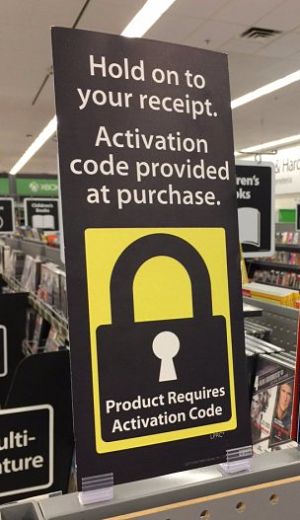|
"The golden digital era has brought the global market to the doorstep of businesses in Singapore" -- thus starts an article in Business Times yesterday (16 Jan 2018) which was contributed by two heads at KPMG. |
Walmart trialed DISA's solution, was wow-ed by it, and integrated it into point-of-sales (POS) systems in its 4,500 stores throughout the US.
That's one digital achievement that most people in Singapore have not heard of -- except perhaps for a bunch of stock investors.
| How Alan Wang became the No.1 shareholder of DISA -- through open market purchase, placement by DISA, purchase of Asdew's holdings, exercise of warrants. Dates unknown: Asdew Acquisitions owns 22,335,900 shares. Stake is 0.43%. Alan Wang owns 16,841,300 shares. Stake is 0.32%. 15-Nov-2016: Asdew buys 420 million shares at 0.7 cent each through placement. Stake rises to 7.58%. Thus Alan Wang's direct and deemed interest rises to 7.87%. 22-Nov-2016: Asdew exercises 210 million warrants at 0.7 ct each, raising stake to 652,335,900 shares. Stake rises to 10.75%. 7-Dec-2016: Alan acquires all of Asdew's shares of DISA at 1.0 ct apiece. Total holding rises to 669,177,200. Stake is 10.95% (after adjusting for warrant conversion by other shareholders). 28-Jul-2017: Alan exercises 431,490,300 warrants at 0.7 cent each. Stake rises to 1,109,335,600 shares. Currently, stake is 11.05%. |
Among them are well-known investor Alan Wang (the controlling shareholder of Asdew Acquisitions) and Tang Wee Loke (6.95%), an independent director of UOB Kay Hian.
Mr Tang is a veteran stockbroker, having served as Deputy MD of UOB Kay Hian Holdings and independent director of the Singapore Exchange. (Age appears not to be an impediment to seeing the potential of new technology).
Both have gone on to invest in the company (fka Equation Summit), becoming the No.1 and 3 shareholder, respectively, training their sights on its future growth rather than its loss-making recent past.
Investors have been cheered by a critical milestone: Since early last year, after adopting DISA's solution, Walmart has directed more and more of its electronic gadget suppliers to digitally lock their gadgets with DISA's solution at the point of manufacturing.
This is how DISA's solution works:
|
Stock price |
1.5 c |
|
52-week range |
1.1 – 3.7 c |
|
PE (ttm) |
-- |
|
Market cap |
S$151 m |
|
Shares outstanding |
10 b |
|
Dividend |
-- |
|
1-year return |
-38% |
|
Source: Bloomberg |
|
1. Electronic products digitally locked at the point of manufacture cannot be operated if, for example, they are stolen.
2. When products are presented for payment, the POS system scans the barcode on the box, and communicates with DISA's servers. An activation code is retrieved and printed on the sales receipt.
3. Consumers key in the activation code when prompted after turning on the devices.
Watch this video for a good understanding of the solution -->
The question is, why would Walmart bother with another anti-theft solution and be an early adopter of DISA's technology?
Walmart, every year, loses a huge amount of money from employee theft, shoplifting and return fraud: In a Forbes article, Walmart was quoted saying it has lost about US$3 billion a year. No mistake: US$3 billion!
If DISA's solution can slash a few percentage points off such losses, we are talking big money.
That's why Walmart is only doing itself a big favour by directing its suppliers -- which run into hundreds or thousands -- to adopt DISA's anti-theft digital solution.
 It's a long story and doesn't end here. We will have more next week after meeting DISA's CEO, Eddie Chng (photo), whose stake in DISA amounts to 10.5%. Watch this space. It's a long story and doesn't end here. We will have more next week after meeting DISA's CEO, Eddie Chng (photo), whose stake in DISA amounts to 10.5%. Watch this space. |








